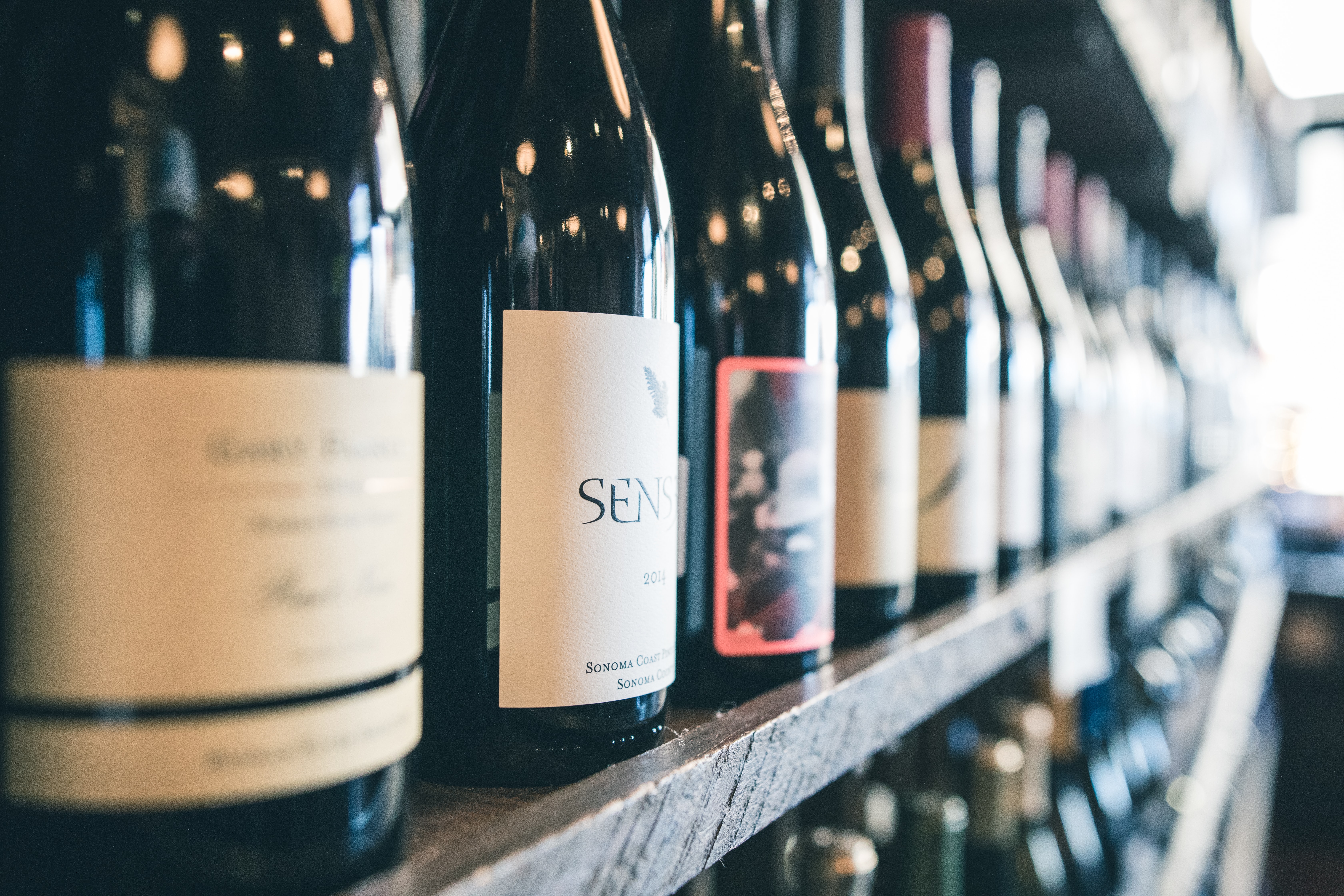Simple Guide to Buying French Wine
So many people go into a wine shop and come out with a wine (or two) based on how cool the label is. Yet, they really have no idea what’s in the bottle other than it’s a red, white or rosé. Now, many wines, especially new world wines, will name the grape varietal on the label, so that makes the purchasing process much easier. However, let’s say you like Cabernet Sauvignon, but just because you like a Cabernet Sauvignon from Napa Valley doesn’t mean you’ll like a Cab from Chile. And do go even further, not all Napa Cabernets are created equal either. You may love Cab from the valley floor, but it differs from Cab grown in the mountains. Then, you throw in old world wines - European wines - and there are many names on the label, but rarely show the grape varietal.

So, how can you tell what wine is in the bottle and whether or not you’ll like it? Well, the easy answer is to learn about all of the wine regions of the world and what grapes grow where…But, that could take months if not years to learn. So, if you’re wanting a quick breakdown, here we go…
First, when you buy a wine, make note (mental or written) of what you like or don’t like about it, then make note of where it is from. Let’s stick with Cabernet Sauvignon for a bit longer…say you’ve bought and loved Cabernets from Napa that are lush, fruit forward and maybe even a little jammy, but then you buy a few Cabernet Sauvignons from Chile and notice a “green pepper” type aroma/taste that doesn’t really jive your taste buds. The next time you buy a Cabernet, you might want to stick with Napa and wine regions similar in climate and soil type. This does require a bit more research, but you can always just keep purchasing Cabernet Sauvignons from different regions and producers and learn what you like that way.
Old world wines can be more difficult to understand what is in the bottle. You DO have to have an understanding of wine regions of the “old world” (Europe) to know what grape varietal is in the bottle. Let’s break it down in the simplest way. I still encourage you to learn more about the wine regions, but this can serve as a quick reference guide.
Old World
FRANCE
Bordeaux
There’s a “Left Bank” and “Right Bank” in the wine region of Bordeaux, that is separated by two rivers, Garrone and Dordogne. The Right Bank is on the right (east) side of the Dordogne River and Left Bank is on the left (west) side of the Garrone. Between the two rivers is called “Entre deux Mers,” but we’re just going to stick with Left Bank and Right Bank for the sake of the quick reference guide.
LEFT BANK - A predominantly Cabernet Sauvignon blend. It is blended with Cabernet Franc, Merlot, Petit Verdot, Malbec and Carménère. Not all of these varietals are used in these blends, but whatever the blend is, it will be predominantly Cabernet Sauvignon.
RIGHT BANK - A predominantly Merlot blend. It is blended with the same grapes above, but not all (if any) are used. It is mainly important to note that Right Bank is Merlot-based.
Burgundy
The main grapes of Burgundy are Chardonnay and Pinot Noir. So if you’re drinking a red from Burgundy, you are drinking a Pinot Noir. If you are drinking a white from Burgundy, or Chablis, it is a Chardonnay. In the wine world, there are always some exceptions, but since this is just a quick reference, we won’t dive into the additional varietals of Burgundy - although there are very few.
Beaujolais
If you’re drinking a wine from Beaujolais, you are drinking a Gamay.
Loire Valley
A red from the Loire Valley, it will also list the region Chinon on the label, you will be drinking a Cabernet Franc. There are three main white grapes from the Loire Valley. A white from the region Pays Nantais is Muscadet. A white wine from Anjou-Saumur and Touraine is Chenin Blanc, but you can find Sauvignon Blanc in Touraine too. In the Eastern Loire, especially in Sancerre you will be drinking Sauvignon Blanc.
Alsace
Most likely, you will be drinking white wine from Alsace. If you drink a red, it will be a Pinot Noir. The white wines are Pinot Gris, Riesling and Gewürstraminer.
Provence
While there are a couple reds that are popular in Provence like Cinsault and Mouvédre, drinking rosé from Provence is the way to go in my opinion.
Rhone Valley
GSM! Grenache, Syrah and Mouvédre is the wine you find in the Rhone Valley, either on their own, but most likely in a blend.
Again, this is just a very basic guide to buying French wine, but it’s a great place to start if you’re wanting to know just a little bit more about what is in the bottle you’re buying. No matter what, you’re drinking wine! Cheers!

